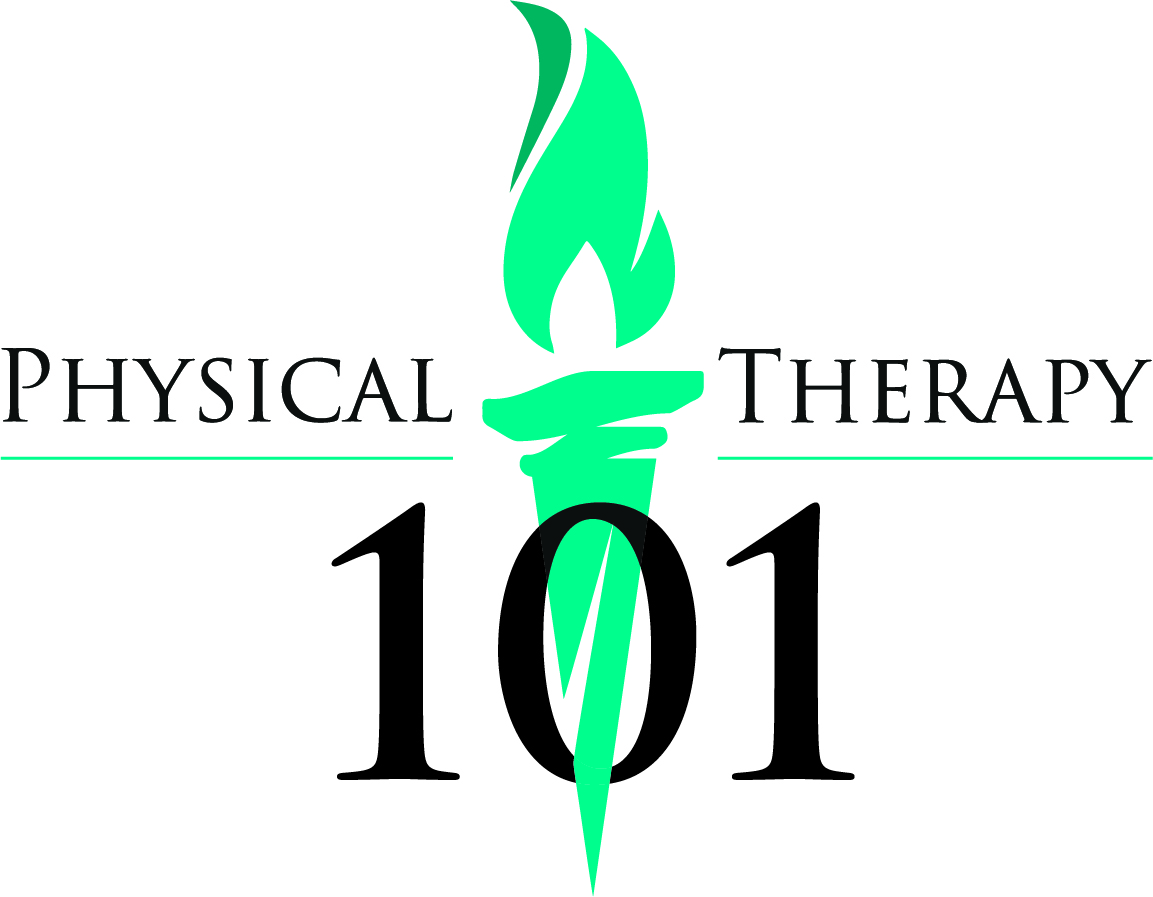Background
Shin Splints is a common pathology among athletes. In 1966, it was defined by the American Medical Association as, "pain and discomfort in the leg from repetitive running on hard surfaces or forcible extensive use of flexors…” Recently however, this definition has been called into question. Although Shin Splints is the more common name for this condition, it is known in the medical community as "Medial Tibial Stress Syndrome," or MTSS for short. Pain can be due to many factors such as remodeling of the Tibia (shin bone), stress fracture of the Tibia, and/or tendinopathy.
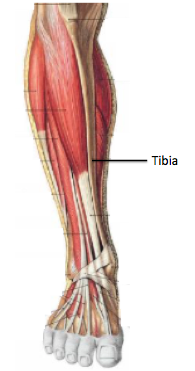
Among all treatment options available, switching running surfaces from hard to softer has been proven to be effective in the research. Also, daily calf flexibility and strengthening exercises have also been proven to show results in speeding up the recovery process.
Recommended Products
Treatment
When you run, avoid running on hard concrete surfaces like a sidewalk. Have someone evaluate you running, have them look for symmetry and over supination or pronation of the foot. Also, evaluate your running shoe; making sure it is right for you. A Physical Therapist can help with this.
Start with a Runner's Stretch. Place your hands on a wall or something stable then drop the leg to be stretched behind you. Shift your hip forward. Make sure to keep your heel down and fully extended. Perform 3-4 times and hold for 15 to 20 seconds.
Gastrocnemius Wall Stretch
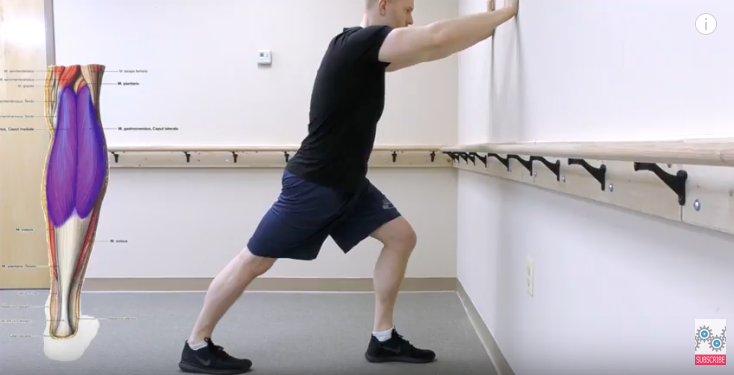
Try it again, this time shorten your step back and bend the knee. Again make sure to keep the heel down. Perform 3-4 times and hold for 15 to 20 seconds.
Soleus Wall Stretch
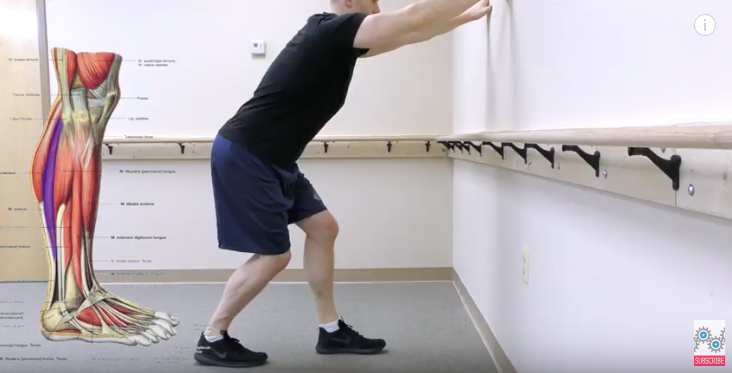
Use a step to perform the next stretch. Drop the heel off the back of the step and keep the knee straight stretching the Gastrocnemius. Perform 3-4 times and hold for 15 to 20 seconds.
Gastrocnemius Stair Stretch
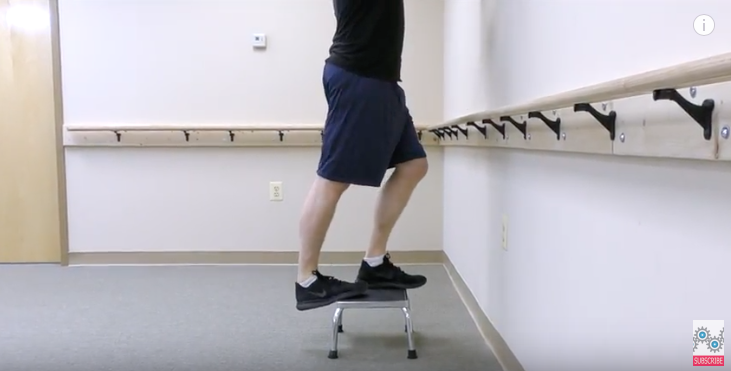
Try it again, this time bend the knee stretching the Soleus. Perform 3-4 times and hold for 15 to 20 seconds.
Soleus Stair Stretch
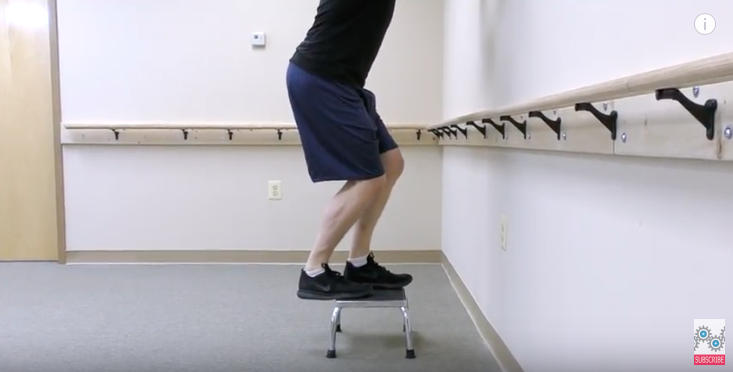
Use a foam roller to roll out your calf muscles. Now slowly roll and pump your ankle at the same time.
Calf Foam Roll With Ankle Pumping - Basic
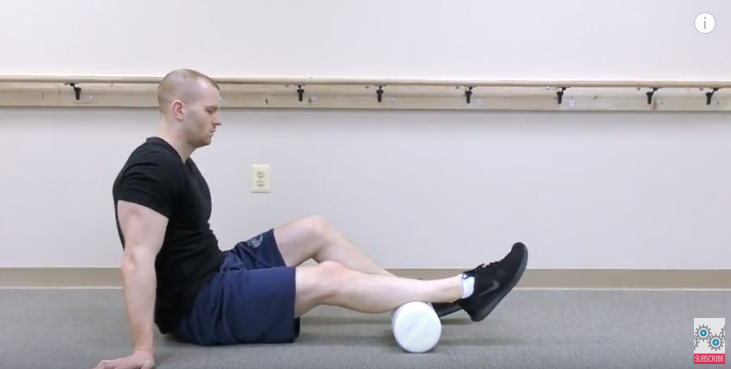
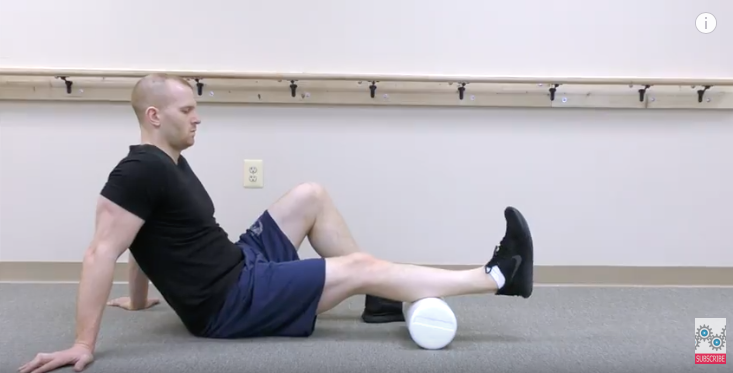
A more advanced way is to cross the other leg onto the leg being rolled. Again pump your ankle up and down as you roll.
Calf Foam Roll With Ankle Pumping - Advanced
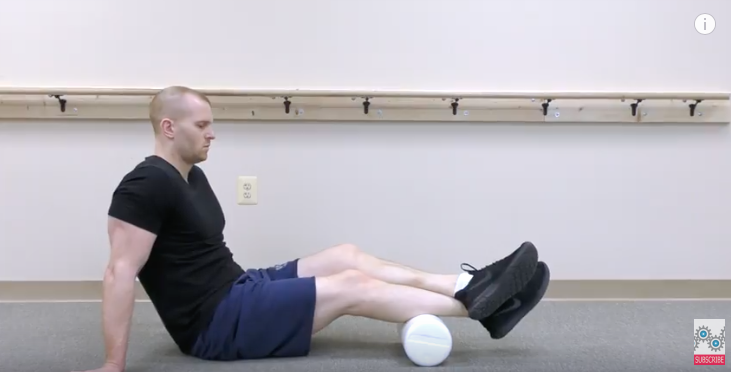
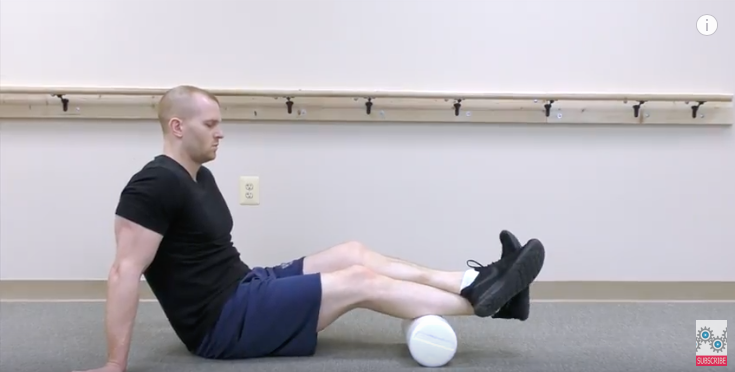
Ice is great to use after a run or workout to help with the inflammatory process associated with Shin Splints.
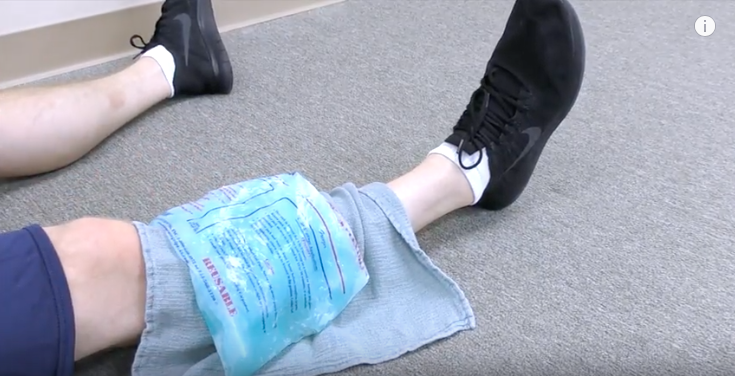
References
Christoph Schulze, Susanne Finze, Rainer Bader, and Andreas Lison, “Treatment of Medial Tibial Stress Syndrome according to the Fascial Distortion Model: A Prospective Case Control Study,” The Scientific World Journal, vol. 2014, Article ID 790626, 6 pages, 2014. https://doi.org/10.1155/2014/790626.
Galbraith RM, Lavallee ME. Medial tibial stress syndrome: conservative treatment options. Current Reviews in Musculoskeletal Medicine. 2009;2(3):127-133. doi:10.1007/s12178-009-9055-6.
